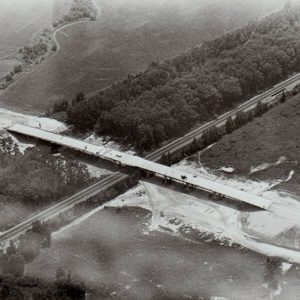 Foster Memorial Highway
Foster Memorial Highway
Entry Category: Local
 Foster Memorial Highway
Foster Memorial Highway
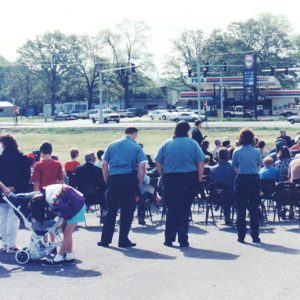 Foster Memorial Highway Dedication
Foster Memorial Highway Dedication
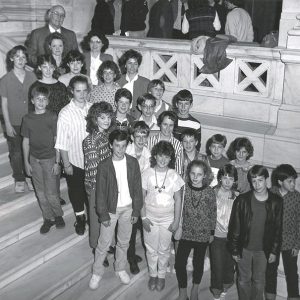 Bill Foster with Students
Bill Foster with Students
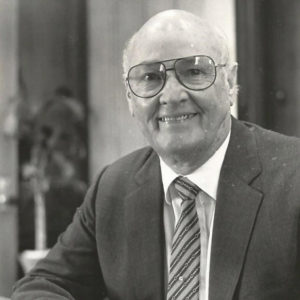 Bill Foster
Bill Foster
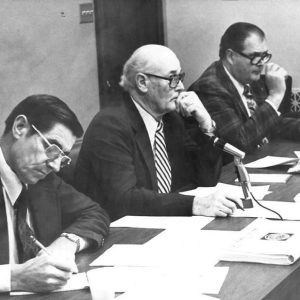 Bill Foster
Bill Foster
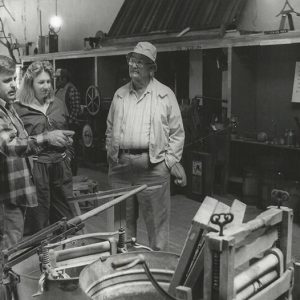 Bill Foster in Scott
Bill Foster in Scott
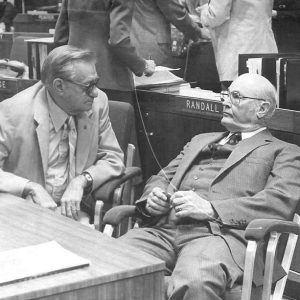 Bill Foster in Chamber
Bill Foster in Chamber
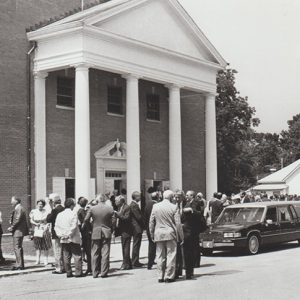 Bill Foster Funeral
Bill Foster Funeral
Foster, William Franklin (Bill)
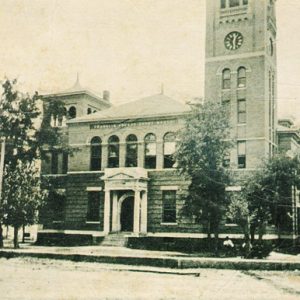 Franklin County Courthouse
Franklin County Courthouse
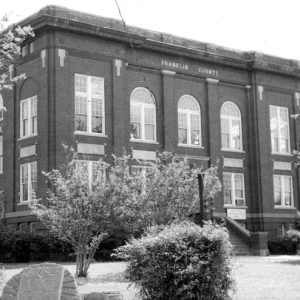 Franklin County Courthouse
Franklin County Courthouse
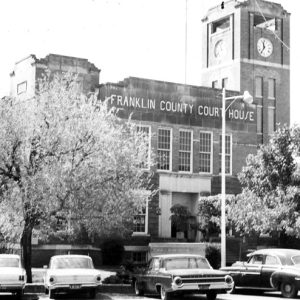 Franklin County Courthouse
Franklin County Courthouse
Frauenthal, Max
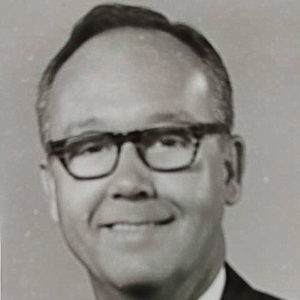 George Frazier
George Frazier
 George Frazier and Haskell Jones
George Frazier and Haskell Jones
Frazier, George Thomas
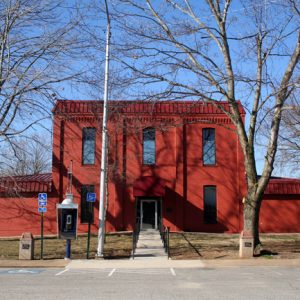 Fulton County Courthouse
Fulton County Courthouse
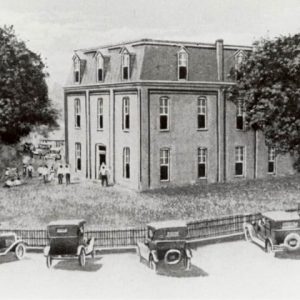 Fulton County Courthouse
Fulton County Courthouse
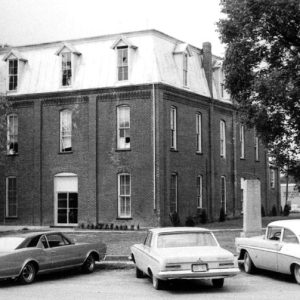 Fulton County Courthouse
Fulton County Courthouse
 Furbush Bust
Furbush Bust
Furbush, William Hines
Futrell, Junius Marion
aka: J. Marion Futrell
Gantt, Edward W.
 Edward Gantt
Edward Gantt
Garland County Courthouse
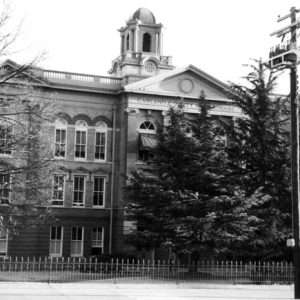 Garland County Courthouse
Garland County Courthouse
George, Charles Lindbergh
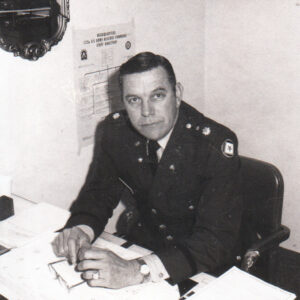 Charles Lindbergh George
Charles Lindbergh George
Gillam, Isaac Taylor
Gillett Coon Supper
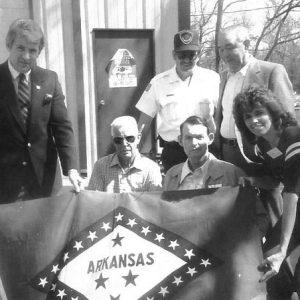 Bobby Glover
Bobby Glover
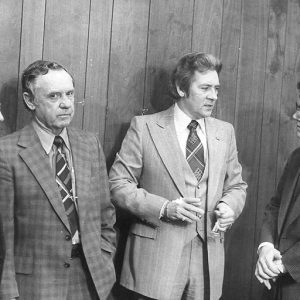 Bobby Glover
Bobby Glover
Good Government Committee (Little Rock)
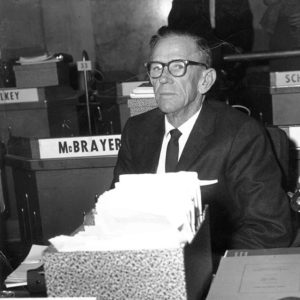 Paul M. Graham
Paul M. Graham
Graham, Paul Miller
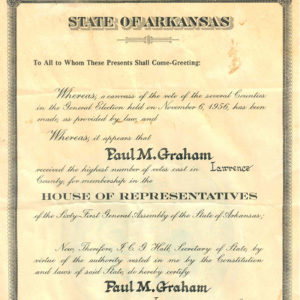 Graham's Diploma
Graham's Diploma
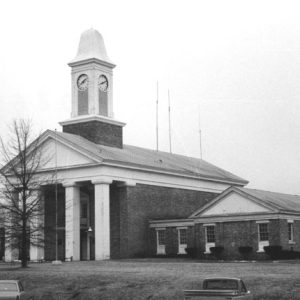 Grant County Courthouse
Grant County Courthouse
Green, Mary Beth Caldwell
 Greene County Court Plaque
Greene County Court Plaque
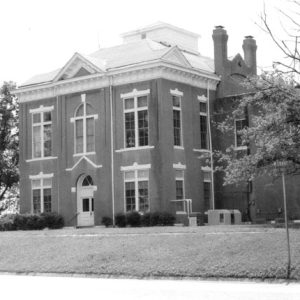 Greene County Courthouse (1888)
Greene County Courthouse (1888)
 Bill Gwatney
Bill Gwatney
Hamblen, Samuel George
Hardin, Joseph Carrol
 Lu Hardin
Lu Hardin
Harding, Dexter
Harris, Carleton
 Harrison Government Building
Harrison Government Building
Harrison, William M.
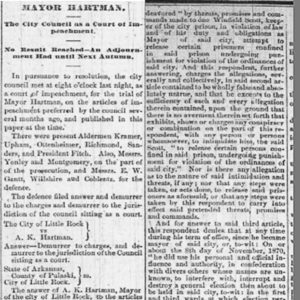 Hartman Impeachment Article
Hartman Impeachment Article




